We Ranked EVERY Alfred Hitchcock Movie From Worst to Best
Alfred Hitchcock, a name synonymous with suspense, intrigue, and cinematic innovation, remains an indelible figure in the landscape of film history. Dubbed the “Master of Suspense,” Hitchcock’s prolific career spanned over six decades, leaving behind a legacy that continues to influence filmmakers and captivate audiences around the world. His unique ability to blend psychological depth with thrilling narratives has cemented his films as timeless classics. However, not all Hitchcock films are created equal.
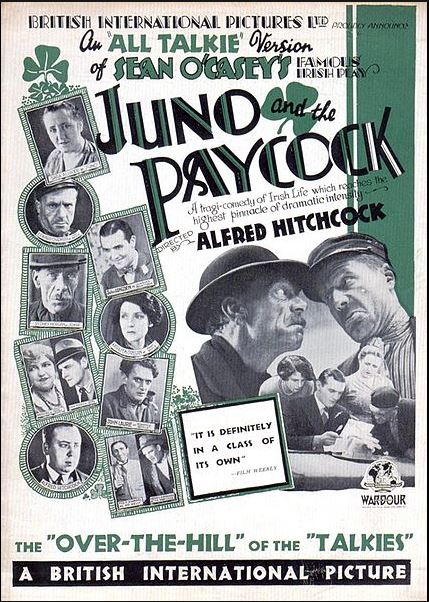
#45. Juno and the Paycock (1930) – Often considered one of Hitchcock’s lesser works due to its stagey adaptation and lack of suspense elements. The film’s heavy reliance on dialogue and minimal visual storytelling makes it less engaging. It lacks the distinctive Hitchcock touch seen in his later films. The film’s lack of typical Hitchcock suspense and visual flair contributes to its lower ranking.
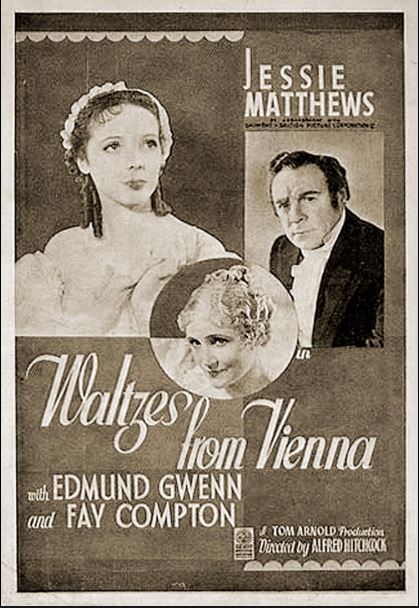
#44. Waltzes from Vienna (1934) – This biographical musical about Johann Strauss II is atypical for Hitchcock. It’s less focused on suspense and more on romance, which doesn’t play to Hitchcock’s strengths. The film is often criticized for its lack of psychological depth. Its deviation from the thriller genre into a musical biopic places it lower on the list, as it doesn’t showcase Hitchcock’s strengths.
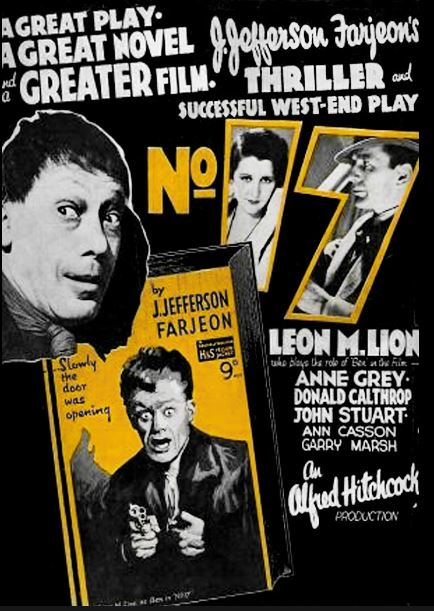
#43. Number Seventeen (1932) – A lesser-known Hitchcock film, noted for its disjointed plot and confusing storyline. It has some interesting visual moments but lacks the cohesive storytelling of his more acclaimed works. It’s often viewed as a minor entry in his filmography. The film’s disjointed and confusing narrative contributes to its lower ranking despite some innovative visual moments.

#42. The Skin Game (1931) – Adapted from a play, this film’s exploration of class conflict is less compelling than Hitchcock’s usual suspenseful style. The film suffers from a lack of tension and memorable scenes. It’s more notable for its themes than its execution. Its more theatrical approach and lack of Hitchcock’s signature suspenseful elements place it lower in his filmography.
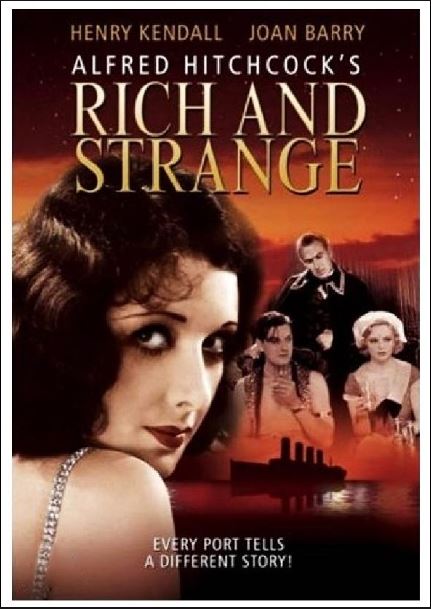
#41. Rich and Strange (1931) – This early Hitchcock film is a mix of comedy and drama that doesn’t fully utilize his later mastery of suspense. Its narrative about a couple’s misadventures is uneven, though it shows glimpses of Hitchcock’s emerging style. The film’s uneven blend of comedy and drama and lack of Hitchcock’s later suspenseful mastery contribute to its placement.
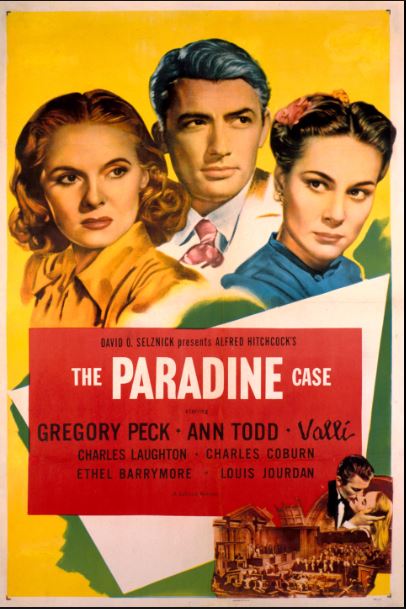
#40. The Paradine Case (1947) – Despite a stellar cast, this film is often criticized for its slow pacing and underwhelming suspense. It’s more of a straightforward courtroom drama, lacking the typical Hitchcockian tension. The film doesn’t quite match the high expectations set by his other works. The film’s more straightforward and less suspenseful approach doesn’t fully utilize Hitchcock’s talents, leading to a lower ranking.

#39. Champagne (1928) – A silent film that lacks the strong narrative and visual flair of Hitchcock’s best works. Its story about a millionaire’s daughter is relatively light and lacks the depth or suspense of his later films. It’s more of historical interest than a standout in his oeuvre. Its light-hearted narrative and lack of Hitchcock’s later depth or suspense contribute to its placement on the list.

#38. Easy Virtue (1928) – Based on a Noël Coward play, this silent film is more a social commentary than a suspense thriller. It explores themes of morality and scandal but lacks the tense storytelling Hitchcock is known for. It’s an interesting film but not among his most memorable. The film’s focus on social commentary over suspense and Hitchcock’s typical style influences its lower ranking.
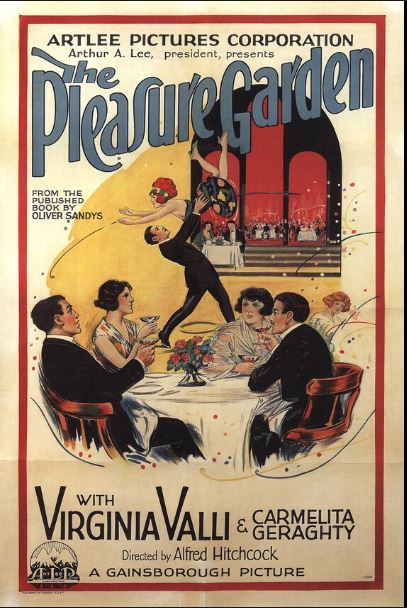
#37. The Pleasure Garden (1925) – Hitchcock’s first film, notable more for historical significance than its overall quality. It shows early signs of his style but is less polished and gripping than his later work. The film is a curious start to his illustrious career. This film’s historical significance is notable, but its less polished and gripping nature contributes to its ranking.

#36. Mary (1931) – The German version of “Murder!”, it’s interesting as a bilingual experiment but doesn’t stand out in Hitchcock’s filmography. Its significance lies more in its production context than in its narrative or technical achievements. The film’s significance as a bilingual experiment is unique but doesn’t stand out in terms of narrative or technical achievement in Hitchcock’s career.
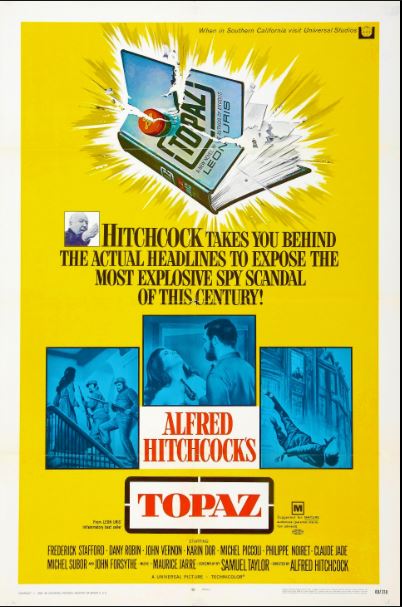
#35. Topaz (1969) – A late entry in Hitchcock’s career, this Cold War thriller is often criticized for its convoluted plot and lack of suspense. The film’s pacing is uneven, and it lacks the emotional depth of his best work. It’s a competent thriller but not as memorable as his classics. Its convoluted plot and lack of classic Hitchcock suspense and pacing contribute to its lower position in his filmography.

#34. Under Capricorn (1949) – This period drama is less focused on the suspenseful elements that define Hitchcock’s best films. Its slow pacing and emphasis on romance over tension make it less engaging. The film is noteworthy for its technical achievements but is not among Hitchcock’s most compelling works. This film ranks lower due to its emphasis on drama and romance over the suspenseful elements typical of Hitchcock’s most successful works.
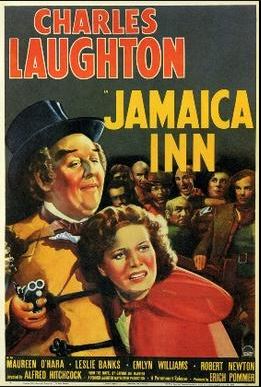
#33. Jamaica Inn (1939) – Hitchcock’s last British film before moving to Hollywood, it’s a decent period adventure but lacks the director’s usual suspenseful touch. The film is somewhat hampered by uneven performances and a less engaging plot. It’s an interesting piece but not a standout in his filmography. Its status as an interesting period adventure is overshadowed by a lack of typical Hitchcock suspense, influencing its ranking.

#32. Torn Curtain (1966) – Despite starring Paul Newman and Julie Andrews, this Cold War spy thriller is often seen as one of Hitchcock’s lesser efforts. Its plot is somewhat predictable, and the suspense isn’t as tightly wound as in his best films. It’s a competent film but not one of Hitchcock’s most memorable. The film’s predictable plot and less gripping suspense than Hitchcock’s classics contribute to its mid-tier ranking.
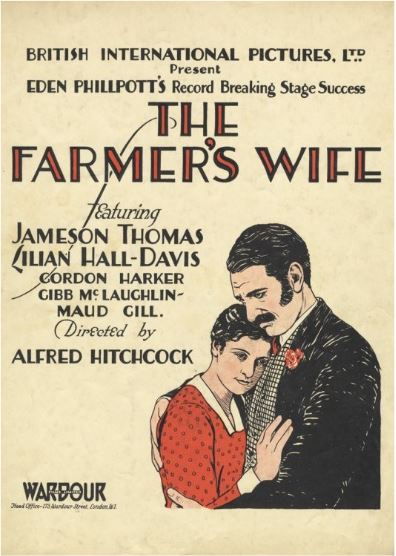
#31. The Farmer’s Wife (1928) – A silent, romantic comedy that shows Hitchcock working outside his typical genre. The film has its charming moments but lacks the tension and visual flair that define his best works. It’s an interesting look at Hitchcock’s early versatility but not among his most impactful films. Its deviation into romantic comedy and lack of typical Hitchcock suspense elements influence its position on the list.
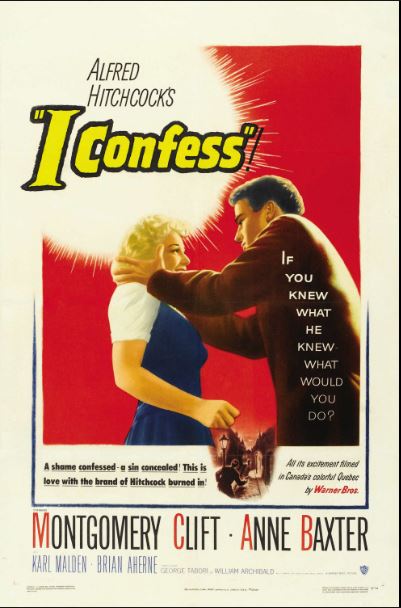
#30. I Confess (1953) – This film noir is notable for its moral complexity and Montgomery Clift’s performance. However, it lacks the typical Hitchcockian suspense and feels somewhat restrained. The film is well-crafted but not as thrilling as his more famous works. The film’s more subdued suspense and focus on moral complexity place it at a mid-range ranking in Hitchcock’s oeuvre.
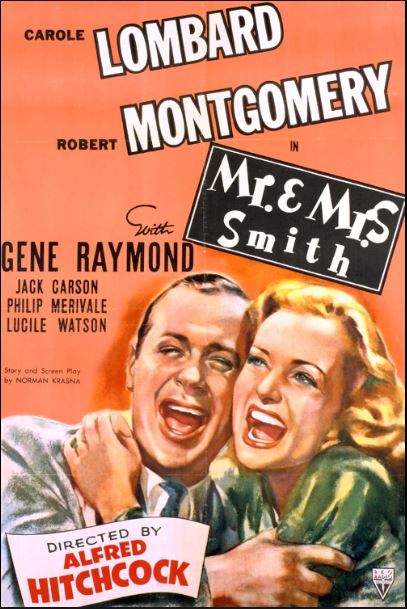
#29. Mr. & Mrs. Smith (1941) – A unique entry in Hitchcock’s filmography, this screwball comedy deviates from his usual suspense thrillers. While it showcases Hitchcock’s versatility, it lacks the edge of his best films. The film is entertaining but not representative of his most acclaimed work. Its unique position as a screwball comedy in Hitchcock’s filmography contributes to its mid-tier ranking.

#28. Family Plot (1976) – Hitchcock’s final film, this light-hearted thriller is more comedic than suspenseful. While it has moments of charm, it doesn’t reach the heights of his earlier classics. It’s a decent film but not as tightly constructed as his best. This film’s lighter tone and less tightly wound suspense place it in the mid-range of Hitchcock’s works.
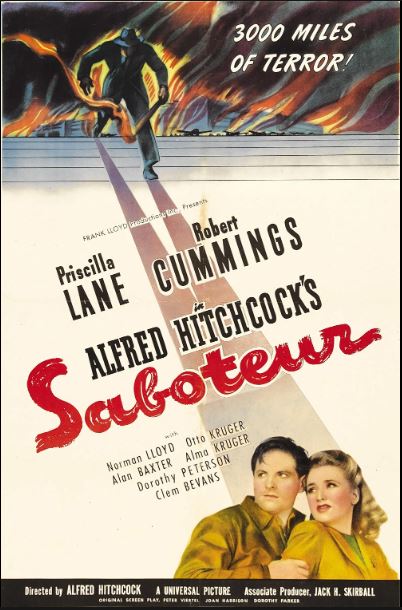
#27. Saboteur (1942) – A solid wartime thriller with some memorable scenes, but it falls short of Hitchcock’s best in terms of suspense and narrative coherence. The film has its moments but is overshadowed by his more iconic works. It’s a good example of Hitchcock’s work during this period but not his peak. Its solid wartime thriller elements are overshadowed by Hitchcock’s more iconic works, influencing its ranking.
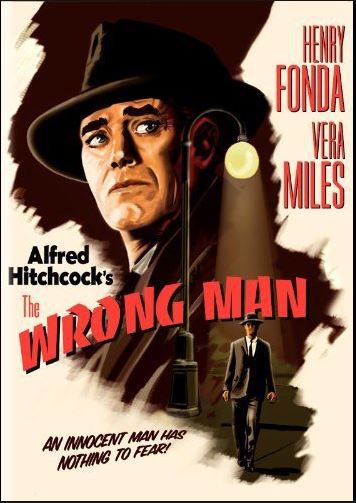
#26. The Wrong Man (1956) – A unique film in Hitchcock’s oeuvre, based on a true story and shot in a semi-documentary style. While it’s a compelling and well-crafted film, it lacks the classic Hitchcock suspense. It’s an interesting departure from his usual style but not among his most memorable films. The film’s departure from typical Hitchcock suspense and semi-documentary style contribute to its mid-range position.

#25. Secret Agent (1936) – An early spy thriller with some intriguing plot elements but lacks the finesse of his later films. The film is notable for its exploration of espionage but doesn’t quite hit the mark in terms of suspense and character development. The film’s early exploration of espionage is intriguing but lacks the finesse of Hitchcock’s later suspenseful masterpieces.
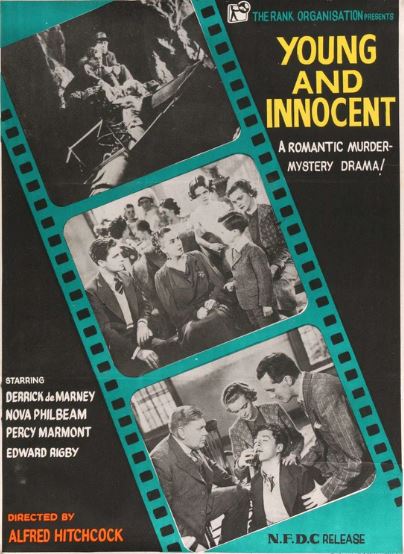
#24. Young and Innocent (1937) – A lesser-known but solid Hitchcock film with a charming lead couple and a well-constructed plot. It’s an early example of his skill in blending suspense with romance, although it’s not as polished as his later works. Its charming elements and well-constructed plot place it in the mid-range, though it’s overshadowed by Hitchcock’s later classics.
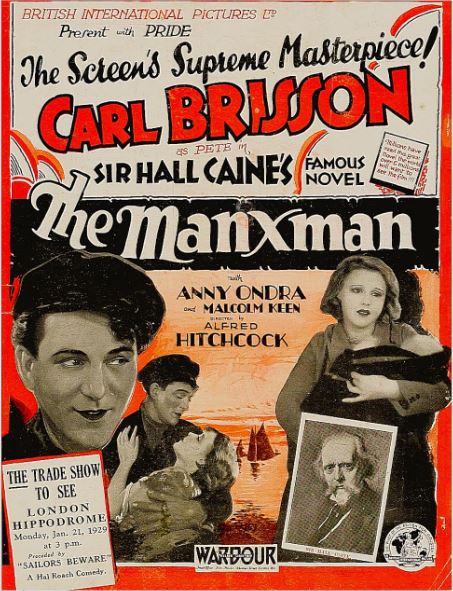
#23. The Manxman (1929) – Hitchcock’s last silent film, notable for its dramatic storytelling and visual style. While it showcases his early directorial talent, it lacks the suspenseful elements that define his later films. Its dramatic storytelling and visual style are noteworthy, but the lack of Hitchcockian suspense influences its ranking.

#22. The Ring (1927) – An early silent film focusing on a love triangle set in the world of boxing. This film stands out for its unique story and visual style, but it doesn’t feature the suspenseful narrative typical of Hitchcock’s more famous works.The film’s unique story and visual style in the silent era contribute to its mid-range ranking in Hitchcock’s filmography.
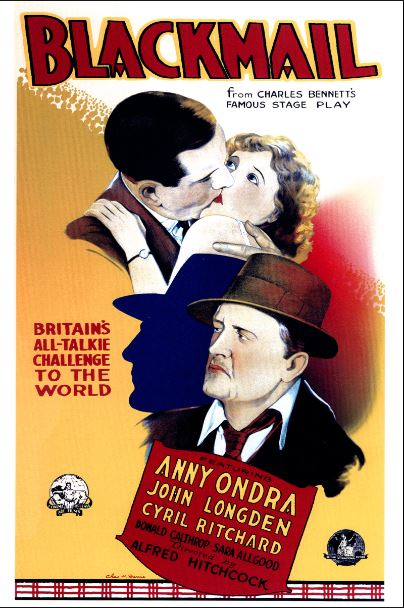
#21. Blackmail (1929) – Hitchcock’s first sound film, known for its innovative use of sound and a compelling narrative. It’s a significant film in his career, though some aspects haven’t aged as well as his later classics. Its historical significance as Hitchcock’s first sound film and innovative use of sound contribute to its mid-range ranking.

#20. Murder! (1930) – An early talkie that showcases Hitchcock’s growing mastery of the medium. The film has a gripping plot and innovative camera work, but it’s not as refined as his later masterpieces. The film’s gripping plot and innovative camera work place it in the mid-range of Hitchcock’s early talkies.
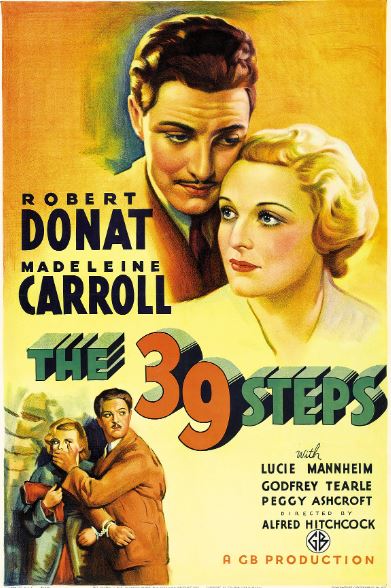
#19. The 39 Steps (1935) – A classic Hitchcock thriller with a fast-paced plot and memorable characters. It’s one of his first major successes and showcases his ability to blend suspense, romance, and humor. Its position as one of Hitchcock’s first major successes and its blend of suspense, romance, and humor contribute to its higher ranking.
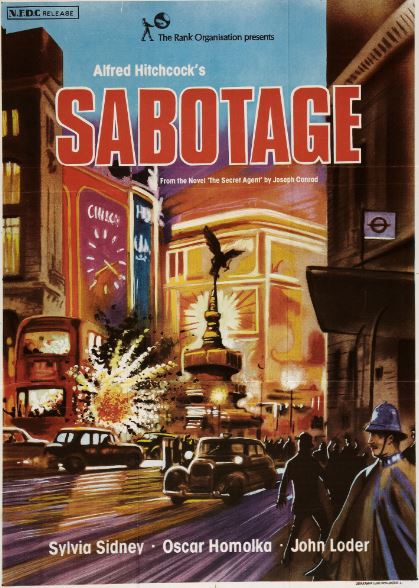
#18. Sabotage (1936) – A tense thriller that exemplifies Hitchcock’s talent for building suspense. It’s a well-crafted film with some truly suspenseful moments, although it’s sometimes overshadowed by his later works. The film’s well-crafted suspenseful moments contribute to its relatively high position in Hitchcock’s early career.
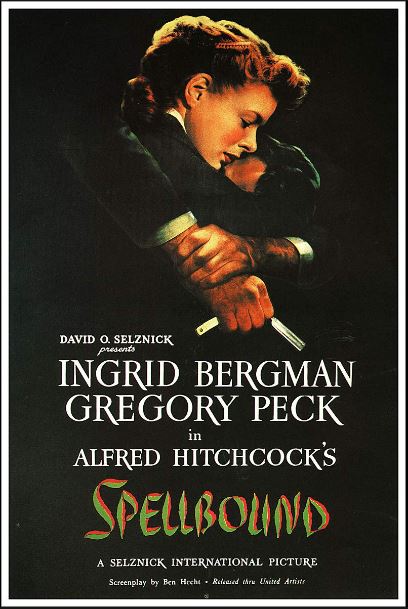
#17. Spellbound (1945) – A psychological thriller with innovative dream sequences designed by Salvador Dalí. While it’s a bit melodramatic by today’s standards, it’s an important film in Hitchcock’s exploration of psychological themes. Its innovative dream sequences and exploration of psychological themes place it higher in Hitchcock’s filmography.
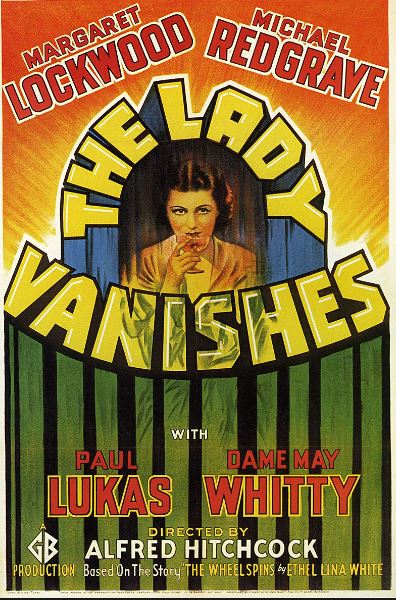
#16. The Lady Vanishes (1938) – An engaging and witty thriller that combines suspense with comedy. It’s a fan favorite and an excellent example of Hitchcock’s ability to craft a compelling narrative. Its engaging blend of suspense and comedy and status as a fan favorite influence its higher ranking.
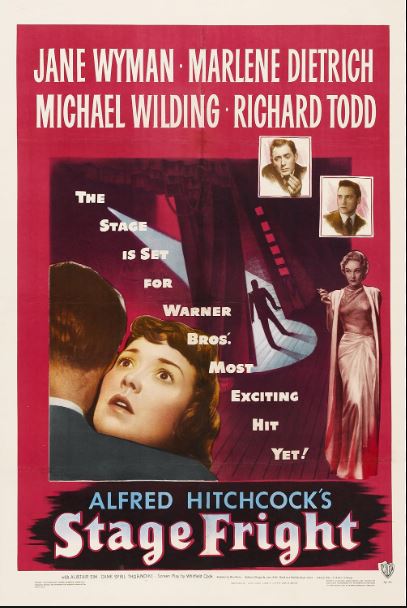
#15. Stage Fright (1950) – A lesser-known but well-crafted thriller with a twist ending. The film features solid performances and Hitchcock’s trademark suspense, though it’s not as iconic as his other works. The film’s well-crafted thriller elements and twist ending contribute to its position as a solid but not top-tier Hitchcock film.

#14. Rope (1948) – A technically ambitious film shot to appear as a single continuous take. It’s a fascinating experiment and a tense psychological thriller, though its stagey presentation may not appeal to all. Its technical ambition and tense psychological narrative contribute to its high ranking, despite its stagey presentation.

#13. Lifeboat (1944) – A wartime drama set entirely in a lifeboat, showcasing Hitchcock’s ability to create suspense in a confined space. It’s a well-executed film with strong performances, though its limited setting is a departure from his usual style. The film’s successful creation of suspense in a confined setting and strong performances contribute to its high ranking.

#12. Foreign Correspondent (1940) – A spy thriller with impressive set pieces and a gripping plot. It’s an early example of Hitchcock’s skill in crafting high-stakes suspense and is often praised for its exciting climax. Its impressive set pieces and gripping plot place it higher in Hitchcock’s oeuvre as an early example of his skill in high-stakes suspense.
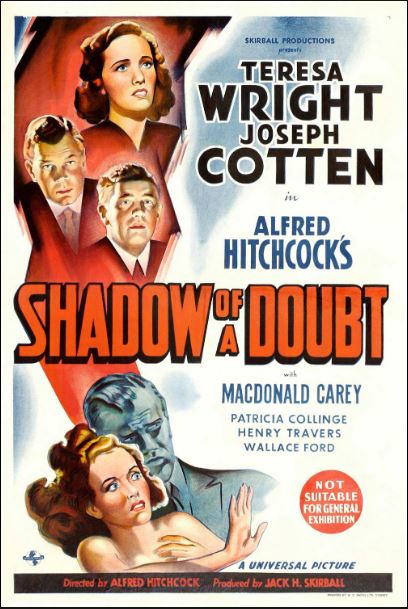
#11. Shadow of a Doubt (1943) – A psychological thriller often considered one of Hitchcock’s best. The film’s portrayal of evil in a small-town American setting is both unsettling and masterfully executed. The film’s unsettling portrayal of evil in a small-town setting contributes to its high ranking among Hitchcock’s works.
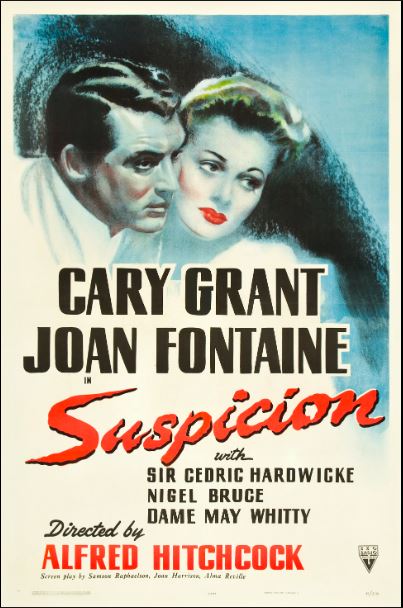
#10. Suspicion (1941) – A suspenseful and well-acted thriller that keeps audiences guessing until the end. The film is notable for its use of lighting and camera angles to build suspense. Its suspenseful and well-acted narrative and use of lighting and camera angles contribute to its high ranking.
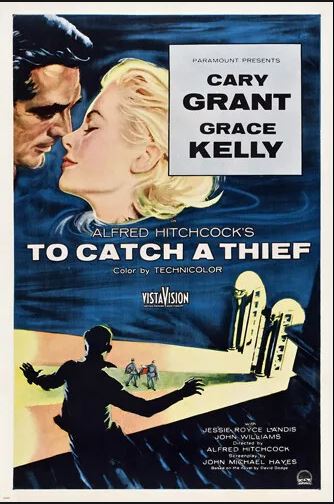
#9. To Catch a Thief (1955) – romantic and visually stunning film set on the French Riviera. It’s more lighthearted than many of Hitchcock’s films but showcases his versatility and technical skill. Its romantic and visually stunning presentation contribute to its high position in Hitchcock’s filmography.
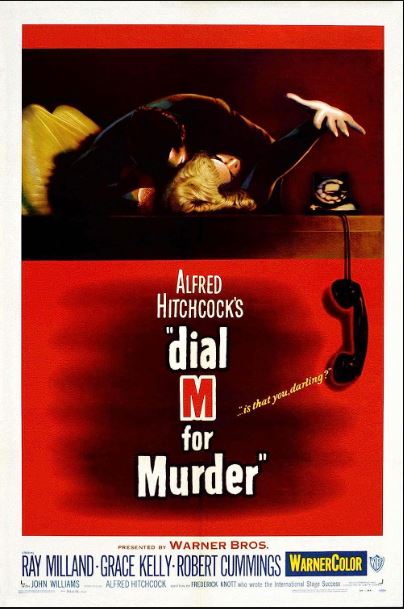
#8. Dial M for Murder (1954) – A tightly plotted thriller known for its clever script and effective use of 3D. It’s a classic example of Hitchcock’s ability to create suspense in a limited setting. The film’s clever script and effective use of 3D place it high among Hitchcock’s suspenseful thrillers.
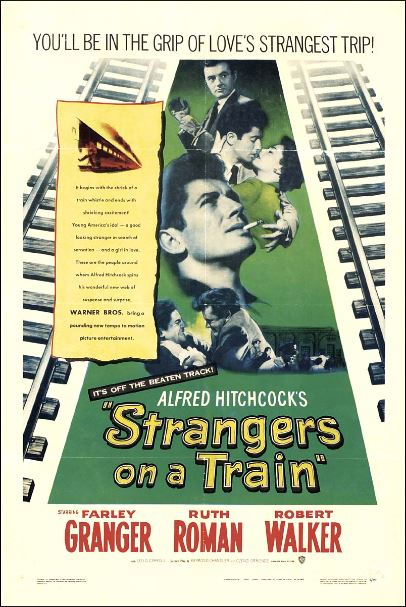
#7. Strangers on a Train (1951) – A brilliant psychological thriller with a memorable premise. The film’s exploration of duality and guilt is both engaging and thought-provoking. Its brilliant psychological narrative and exploration of duality contribute to its high ranking.

#6. The Birds (1963) – A horror-thriller known for its innovative special effects and building tension. The film’s effective use of sound and visuals makes it a standout in Hitchcock’s filmography. The film’s innovative special effects and effective use of sound and visuals contribute to its high position.
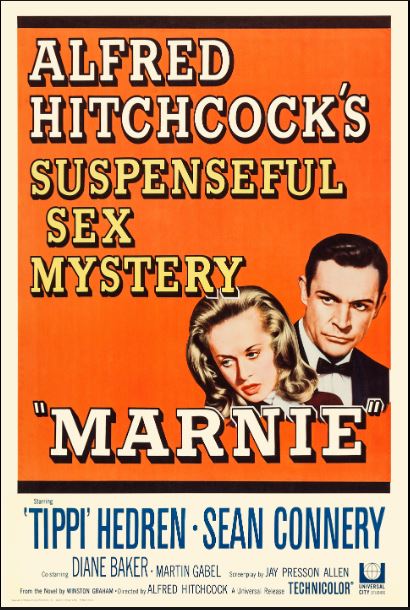
#5. Marnie (1964) – A complex psychological thriller that delves into the troubled psyche of its protagonist. The film is a deep exploration of character and emotion, showcasing Hitchcock’s skill in storytelling. Its complex psychological narrative and deep exploration of character contribute to its high ranking in Hitchcock’s later career.
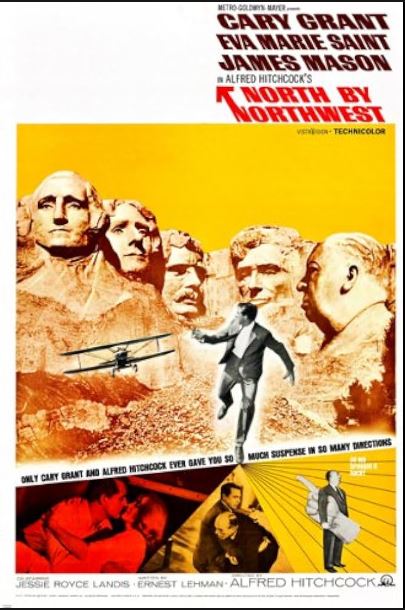
#4. North by Northwest (1959) – A quintessential Hitchcock film combining suspense, romance, and humor. The film is known for its iconic scenes and masterful direction. The film’s combination of suspense, romance, and humor place it among the top-tier of Hitchcock’s works.

#3. Vertigo (1958) – A deeply psychological film that’s often ranked among the greatest films of all time. Its exploration of obsession and identity is both haunting and visually stunning. Its haunting exploration of obsession and identity contribute to its position as one of the greatest films of all time.
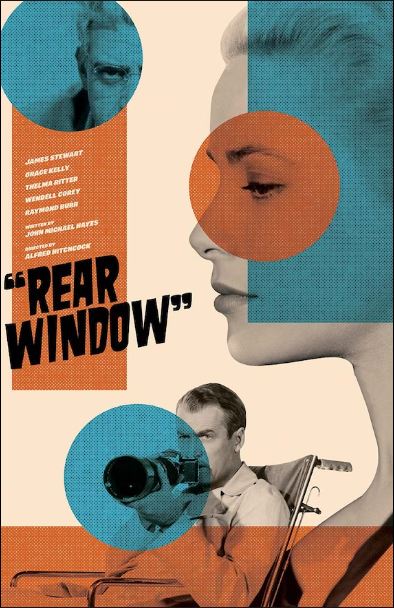
#2. Rear Window (1954) – A masterpiece of suspense and one of Hitchcock’s most celebrated films. The film’s innovative use of perspective and its exploration of voyeurism are both groundbreaking and timeless. The film’s groundbreaking use of perspective and exploration of voyeurism contribute to its top-tier ranking.

#1. Psycho (1960) – Arguably Hitchcock’s most famous film, known for its shocking plot twists and influential cinematography. “Psycho” is a landmark in the thriller genre and a high point in Hitchcock’s career. Its influential cinematography and shocking plot twists secure its position as a landmark in the thriller genre and the pinnacle of Hitchcock’s career.
Alfred Hitchcock’s filmography is a treasure trove of cinematic brilliance, showcasing an evolution of style, narrative complexity, and technological innovation. From his early silent films to the groundbreaking thrillers of his later years, Hitchcock’s work has not only stood the test of time but has also set a high bar for the thriller genre. While some films shine brighter in his constellation of works, each one contributes to the understanding of his artistic journey. This ranking is more than just a list; it’s a tribute to a filmmaker who mastered the art of suspense and psychological depth, leaving an indelible mark on the world of cinema.
If you liked this ranking, be sure to check our our ranking of all of Steven Spielberg’s films!
